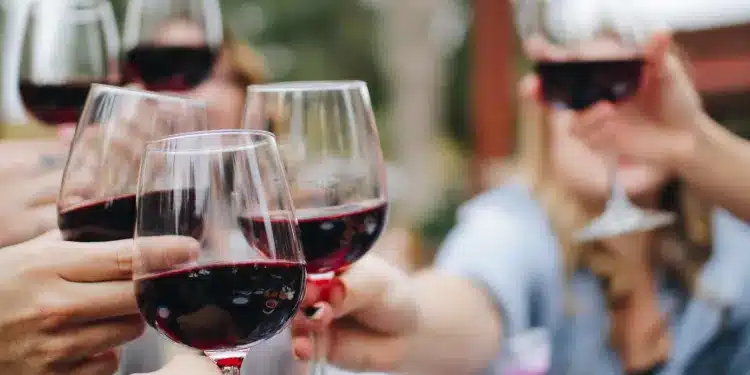Hypothyroidism is a condition that occurs when the thyroid gland fails to produce enough thyroid hormones, leading to a range of symptoms such as fatigue, brain fog, and difficulty concentrating.... Read more
Category: Lifestyle
The guide to getting better sleep
Keep your circadian rhythm in line Your body’s natural clock, or circadian rhythm, is integral to regulating your functions. Keep it regulated by making sure you receive daily sunlight and... Read more
The key vitamins you should take to be your best self!
Here are the important ones, what they do, and all the info you need about them! The most important vitamins There are 13 essential vitamins known to make you the... Read more
The great wine debate: old world versus new world!
Check out this fascinating podcast which debates all of the facets of old world versus new world wine. Jancis Robinson, award-winning wine writer, advocates for old-world wine. Oz Clarke, a leading... Read more
Struggling to eat healthy at work? Here are three key tips that work!
Here are three key tips to kickstart your new healthy eating lifestyle. You, you, you: Prioritizing yourself on your healthy eating journey is paramount to success. You need to remember that your hunger... Read more
How can nature benefit my mental health?
Have you ever wondered why humans crave being outdoors so much? Have you ever wondered how much of an impact being outside and in nature can have on us and our mental... Read more
What is an appropriate gift for Secret Santa, especially for your office colleagues?
Secret Santa is a time to give and receive gifts from different people, not knowing who they are. It’s important to understand that the concept of secret Santa is to... Read more
What to do after you retire? III
Hi Kristov here, My latest venture is working alongside a Memoirist, a person that records a person’s memories and with the resultant wording being printed in a book. I tried... Read more
What to do after you retire? II
Hi Kristov here, I’ve been converting video VHS tapes to DVD for family and friends now for a few years as a hobby, and decided to go into it full-time... Read more
What to do after you retire?
When I started researching my family tree back in 1979, when my son was born, I needed to work out exactly what I already knew - what I remembered of... Read more













